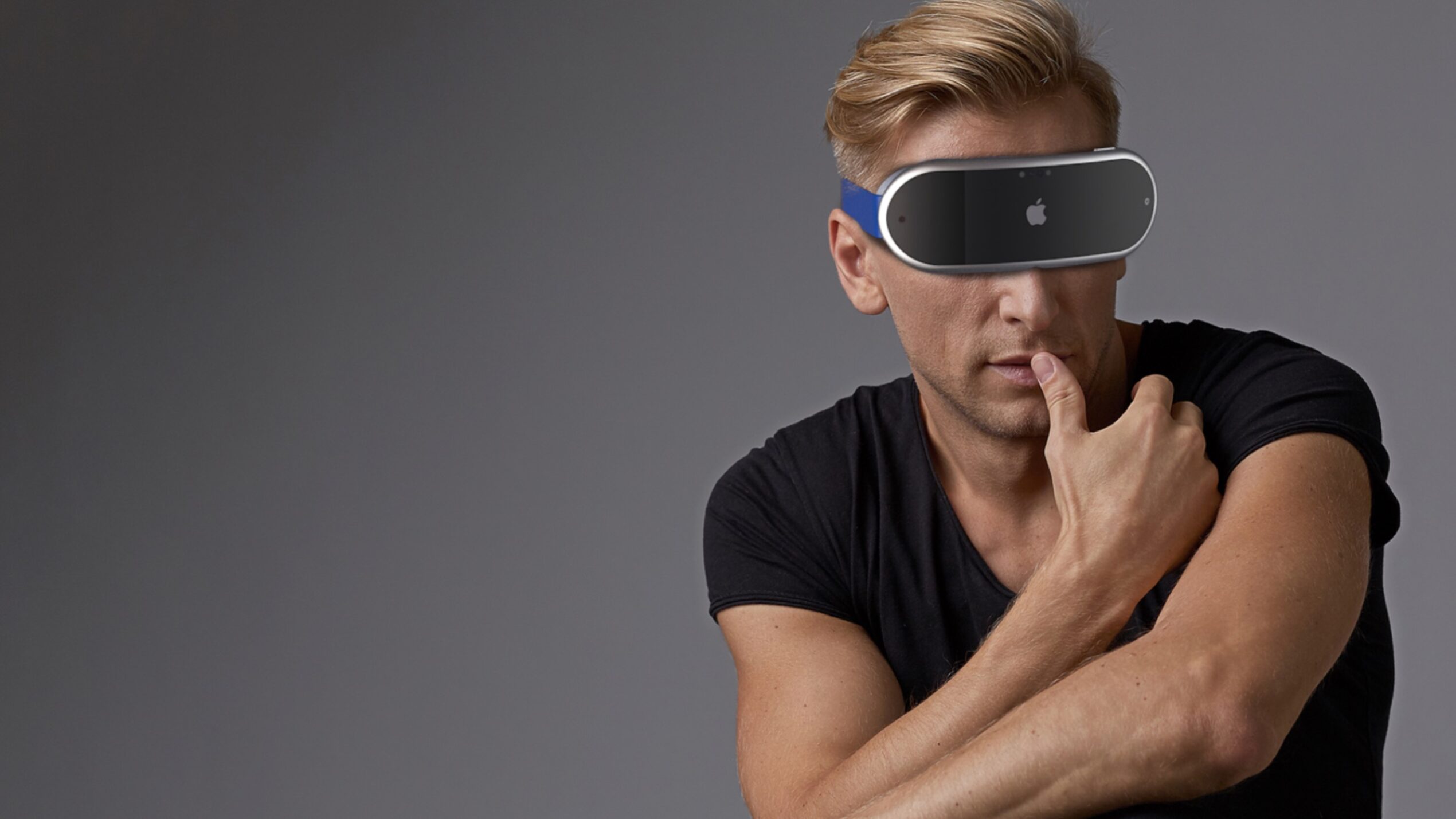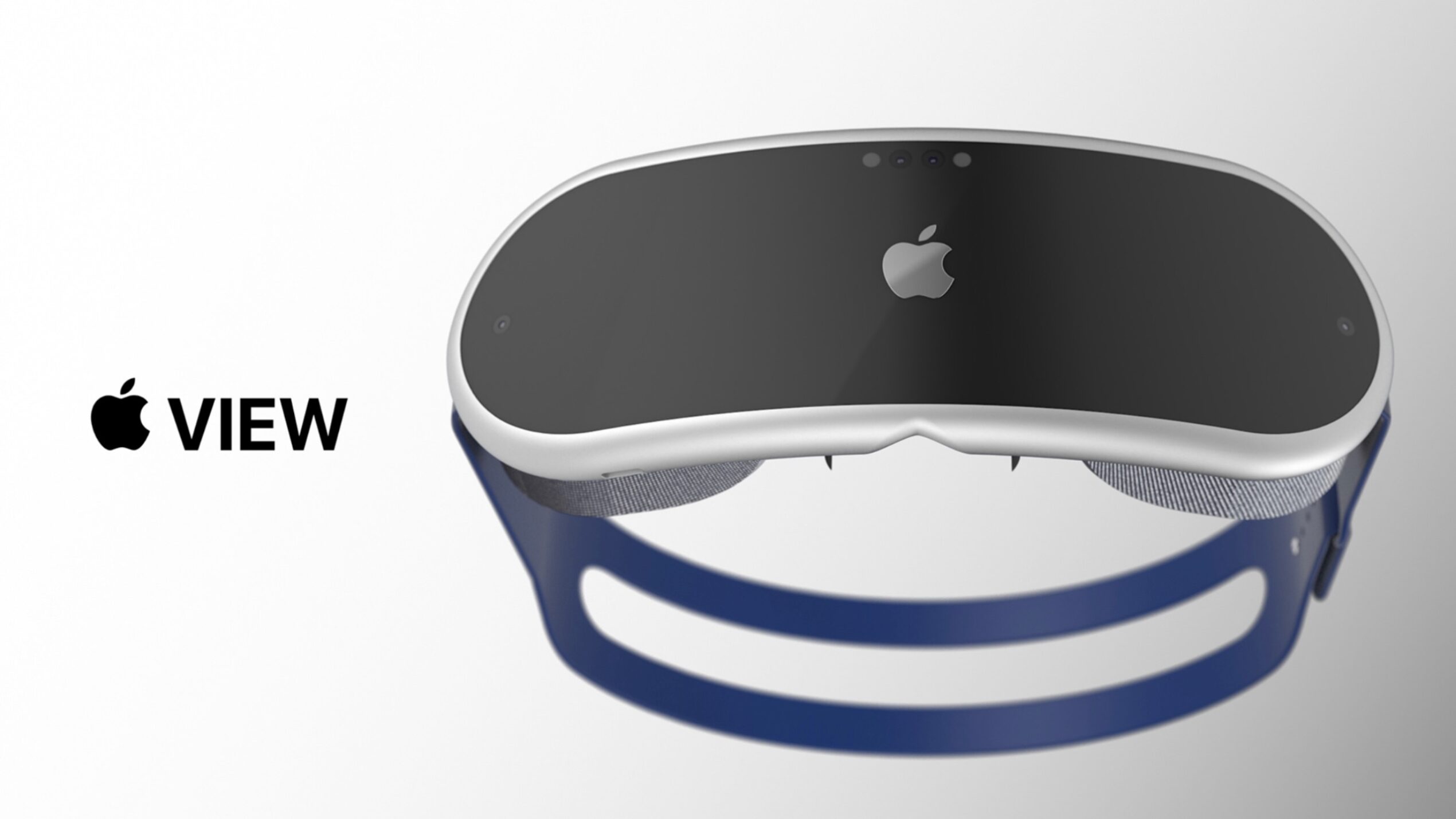Apple is projected to release its long awaited extended reality (XR) headset sometime in 2023, which is expected to be their biggest reveal this year. According to Bloomberg, the new AR headset will come equipped with its own operating system, called xrOS.
Earlier last year Parker Ortolani shared on Twitter how a shell corporation called Realityo Systems LLC was filing patents for “reality OS” which later turned out to be included in Apple’s source code sometime in 2022. The name change from reality OS to xrOS has been regarded as a sign that development is now in its later stages.
Also read: AI War Heats Up As Ex-OpenAI Team Launches ChatGPT Competitor Claude
What does xrOS offer?
Much like most modern day devices, the new AR headset will come with its own OS (operating system) which will allow users to interface smoothly with the device.
Since Apple has been designing the headset mainly for gaming, streaming, video conferencing and other VR functionalities, the new OS will come with software capabilities that allow for a list of functions.

Apps
The headset will feature some of the common apps that are currently found on most Apple devices.
According with my resource, Apple is working on a new version of iMessage completely renewed. New home, chat rooms, video clips, and new chat features in AR. It should be released next year along with the new headset #Apple #AppleAR #iMessage pic.twitter.com/Wp2WT8apNX
— Majin Bu (@MajinBuOfficial) October 14, 2022
Messages
It is only logical that Apple would include the iMessage app on their new AR headset, which of course will be used to interact with other users.
However, there might be differences between the iMessage on current Apple devices to the one that will be used in the AR headsets.
In October of 2022, Majin Bu claimed that Apple was developing a new version of iMessage that will have better features to be incorporated with the AR headset.
Facetime
Like iMessage, Facetime would be important to AR communications. Given the capabilities that facetime has on apple devices like the iPhone and iPad, adding these and other new features like watching TV would only make the AR experience more enjoyable.
AppStore
Obviously, the AR headsets will come with its own Appstore just like the other Apple products available today. This will allow users to download and purchase apps they need with ease.
Gaming
Probably one of the biggest selling points about the AR headset, the xrOS should support a wide range of AR games.
Video and streaming
Since AR largely relies on 3D environments, Apple will likely develop a service that will allow users to stream 3D video content which they can watch in a virtual reality space.

Apple keeping a tight lid on its xrOS headset
Since there are no major details about what the new xrOS will offer, most of the information floating around is speculation and guesses derived from what other Apple devices have and what it might look like in an AR environment.
However, if successful, the new headset will change how people experience virtual reality.
So far, Apple Insider has reported that the headset is believed to be reminiscent of ski goggles, with an external array of cameras to power both the AR and VR apps.
According to information from interviews with people who worked on the project published by The Information, the headset may offer more than the usual experience.
Apple Insider also says the headset will have more than a dozen cameras and sensors, which will capture facial expressions and body movements, including the user’s legs. At least one camera will be used to capture eye movements, which can enable battery-saving rendering to be performed.
It is likely that Apple will officially launch the xrOS during the Worldwide Developers Conference in June this year, or even sooner if the current testing phase progresses smoothly.









 and then
and then